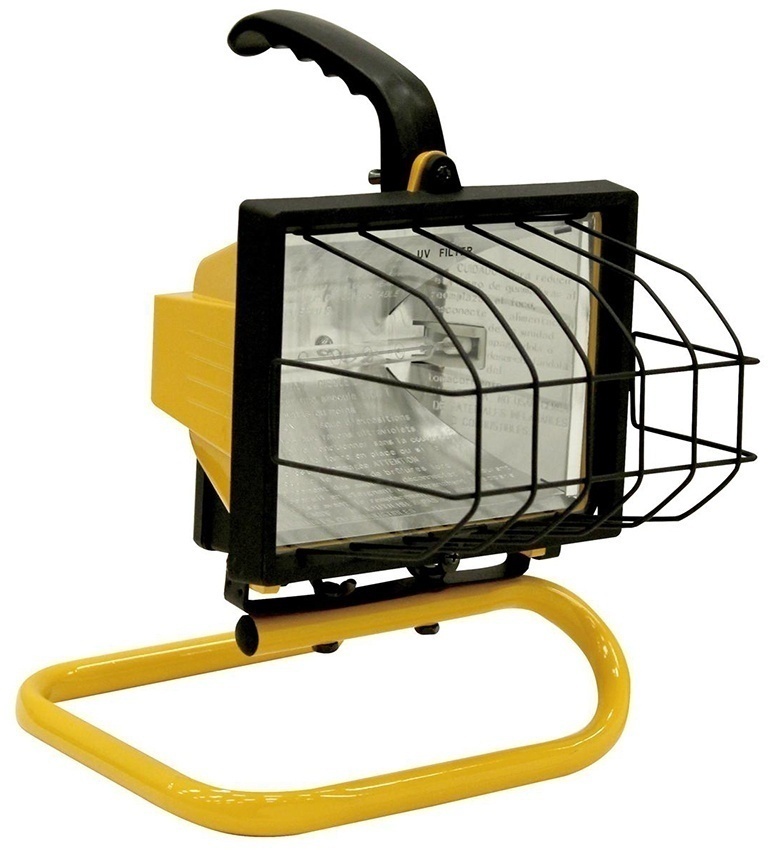
This voltage is generated by a transformer from the mains. Low-voltage halogen lamps are operated with voltage of 12V. Then only the exchange of the dimmer with an appropriate LED version will help. If the dimmer is not specified for LED lights, this usually shows up by flickering light or they remain completely dark. There are different dimmer systems and especially many older models only work correctly with incandescent or halogen lamps. However, problems can occur if the lamps are connected to a dimmer. Here the switch to a 110V LED bulb is usually unproblematic. High-voltage halogen lights are operated directly with a mains voltage of 110V. LED replacement for high-voltage halogen lights The LED replacement must be appropriate for the same voltage as the halogen lamp to be replaced. But you must take care with the voltage used, as there are high-voltage and low-voltage halogen lamps. In principle, all halogen lamps can therefore be replaced by LED’s. There is a large variety of LED light sources for all existing sockets.

Comparisonĭifferences between LED and halogen LED replacement for halogen: High voltage or low voltage With dimmable LED lamps, this feature must be explicitly stated in the product description. The brightness of halogen lamps can be easily adjusted with a dimmer. This is a particular advantage for adjustable or movable lights. LED lamps, on the other hand, are based on semiconductor technology and are shockproof and insensitive to vibrations. The filament is very sensitive to shocks when switched on. Halogen lamps have a filament which generates the visible light in addition to the waste heat. There is no risk of burns as with halogen lamps. As a positive side effect of the low energy consumption, most LED lamps only get hand-hot. The energy savings and much longer lifespan of LED’s compared to halogen lamps have been described above. Comparison between LED and halogen lights But if you think of the energy savings and the long lifespan, in most cases the LED variant is ultimately cheaper. The main reason for this is the difference in price. Nevertheless, consumers often choose the outdated halogen version. One with halogen lamps and one with LED lamps. Many luminaires are available in two versions. They will last between 15,000 – 50,000 hours. LED lights also have a clear advantage in terms of durability. LED lights are even more economical with around 85% less power consumption than halogen lamps. However, if today’s LED technology is used as a benchmark, halogen lamps have almost nothing but disadvantages. A halogen lamp consumes around 20% less energy than an incandescent lamp within the same brightness. The main advantage of halogen lamps was their increased efficiency. Halogen lights have been the preferred light source as a replacement for incandescent lamps for a long time.


Electricity heats this filament up to about 4,500 degrees F (2,500 degrees Celsius). At the center of the lamp is a tungsten filament. Inside the glass is a gas such as argon and/or nitrogen. A normal light bulb is made up of a fairly large, thin, frosted glass envelope.

Let's start with a normal electric light bulb like you see in any normal household lamp.


 0 kommentar(er)
0 kommentar(er)
